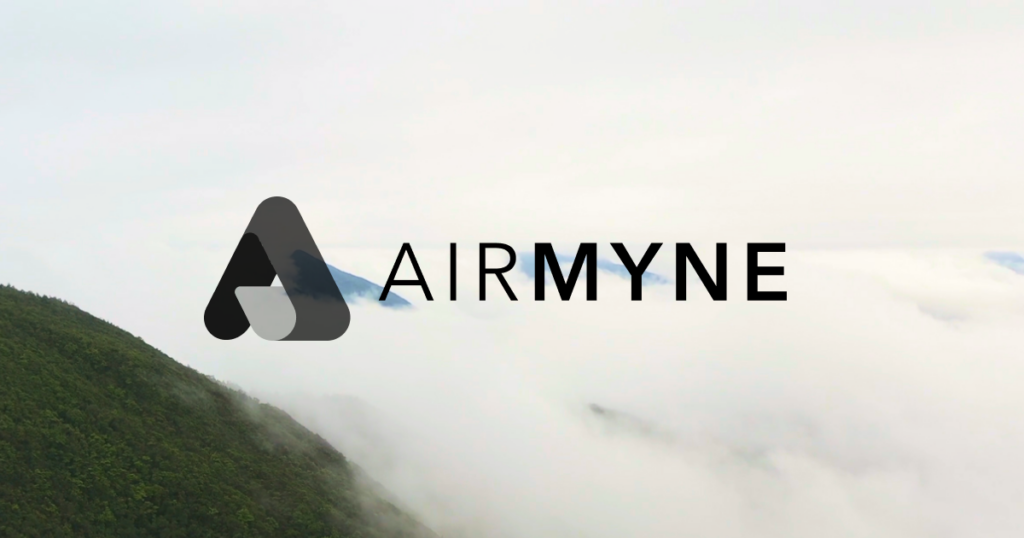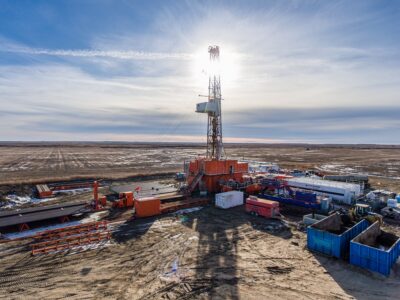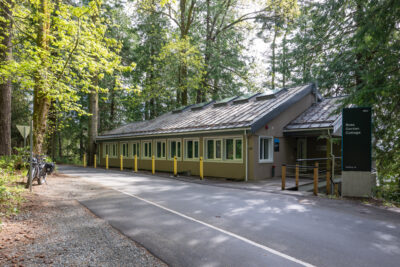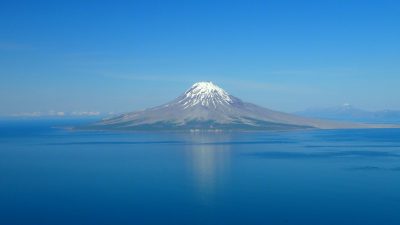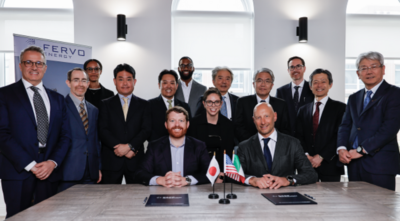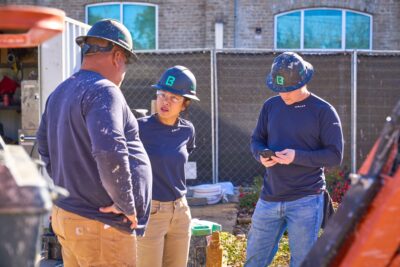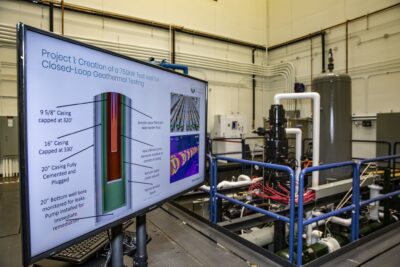Startup proposes novel direct-air capture using low-temperature geothermal
California-based startup AirMyne is proposing a direct air capture (DAC) method that can take advantage of low-temperature geothermal resources.
A California-based startup called AirMyne is developing a method for direct air capture (DAC) of CO2 that uses a liquid sorbent that can be regenerated using low-temperature geothermal energy. This overcomes the high temperature requirement that has been a major hurdle for liquid direct air capture (L-DAC).
The key component to this method is the proprietary liquid component that has been patented by AirMyne. Patent documents indicate it to be one or more variants of quaternary ammonium compounds, which are already widely used in many household products. Unlike other L-DAC methods, the method proposed by AirMyne requires temperatures of only 100-130 °C.
Geothermal is a particularly promising energy source for AirMyne. “It also critically gives you this path to big scale, which I think a lot of the other approaches are going to have a hard time with if they stick with electricity. Geothermal is a really promising pathway for where DAC needs to go,” said Co-founder and COO Mark Cyffka.
The company is currently working with Fervo Energy to pair its carbon capture system with the Cape Station geothermal project in Utah.
Low temperature, high potential
Mark Cyffka says that the low-temperature requirement of their method may make it less efficient, but also means that there are more opportunities for it to be scaled up. Low-temperature heat can be sourced from geothermal, as well as electricity or industrial waste heat.
The use of low-temperature heat opens plenty of opportunities for AirMyne to deploy its technology. Facilities like geothermal installation, chemical refineries, and breweries are considered potential sites. There might be some limitations, however, such as the size of the regeneration column and the availability of water. The liquid-based system is highly water-intensive, requiring between one to seven tons of water per ton of carbon captured.
The company is currently testing different configurations for the system, with about 30 prototypes being evaluated. The collectors will likely be modular, with several of them flowing to a large, centralized column for regeneration.
AirMyne had recently raised $6.9 million in a seed round that included Alumni Ventures, Another Brain, Liquid 2 Ventures, EMLES, angel investor Justin Hamilton, Impact Science Ventures, Soma Capital, Wayfinder and Y Combinator.
Cyffka believes that the demand for carbon capture will be so large that there will be space in this market for several companies, “Direct air capture and carbon removal are problems that are bigger than any one company. This is a societal challenge. And it’s going to take a lot of people coming to a consensus on what makes sense to make a difference.”
“If AirMyne can play a part, not only in moving that conversation to a more real place, but also in having a technical solution that can make a difference, that would be the most rewarding thing you could ask for.”
Source: Yahoo! News and AirMyne via Twitter
